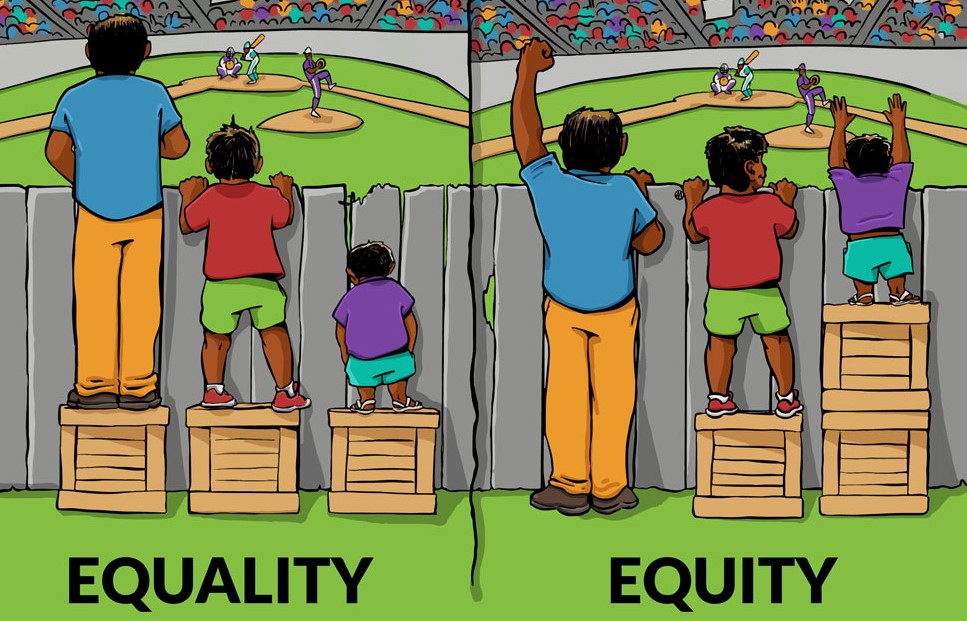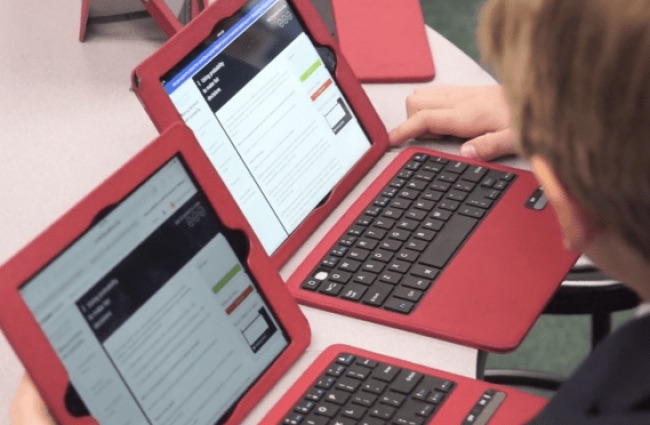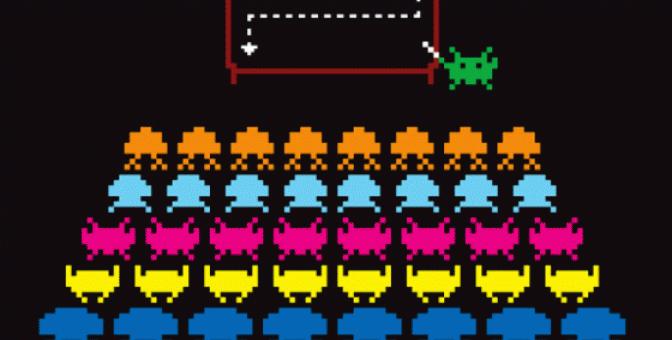
Equity in Education: Is Student-Centered Learning Only for the Affluent?
Who wouldn’t like the idea of student-centered learning? The very name captures everything that education is supposed to be: an experience designed around students. While

Who wouldn’t like the idea of student-centered learning? The very name captures everything that education is supposed to be: an experience designed around students. While

When we stand in front of a classroom, we can envision the possibility, of an uprising that will lead to an out-of-control classroom. But there are also side-effects to tightly controlling student behavior. Once we take ownership of rules, decisions, and sources of motivation, our students no longer need to.

If you or your children spend time in schools, you’ve experienced waves of reforms meant to “fix” education. Whether we are considering Data-Driven Instruction or Response

It has been just over a year since I first launched BlendedLearners.com. The months since I wrote my first blog post have been the most exciting

I recently came across a posting on Doug Lemov’s field notes that expressed a common concern – technology overload among students. Mr. Lemov has had

Technology is not just for teacher-directed work or independent practice. Here is how to combine technology and collaboration in the classroom, and even support collaboration among teachers and parents.

In a previous post, I described my first steps toward creating a gamified math class using Khan Academy. I didn’t set out with gamification as a

Gamifying my 5th grade math course has been one of the most exciting and rewarding experiences of my teaching career. After introducing gamification, I am finding

Taking the first step to gamified learning can seem overwhelming, especially if you are the type of teacher who likes to create everything from scratch.